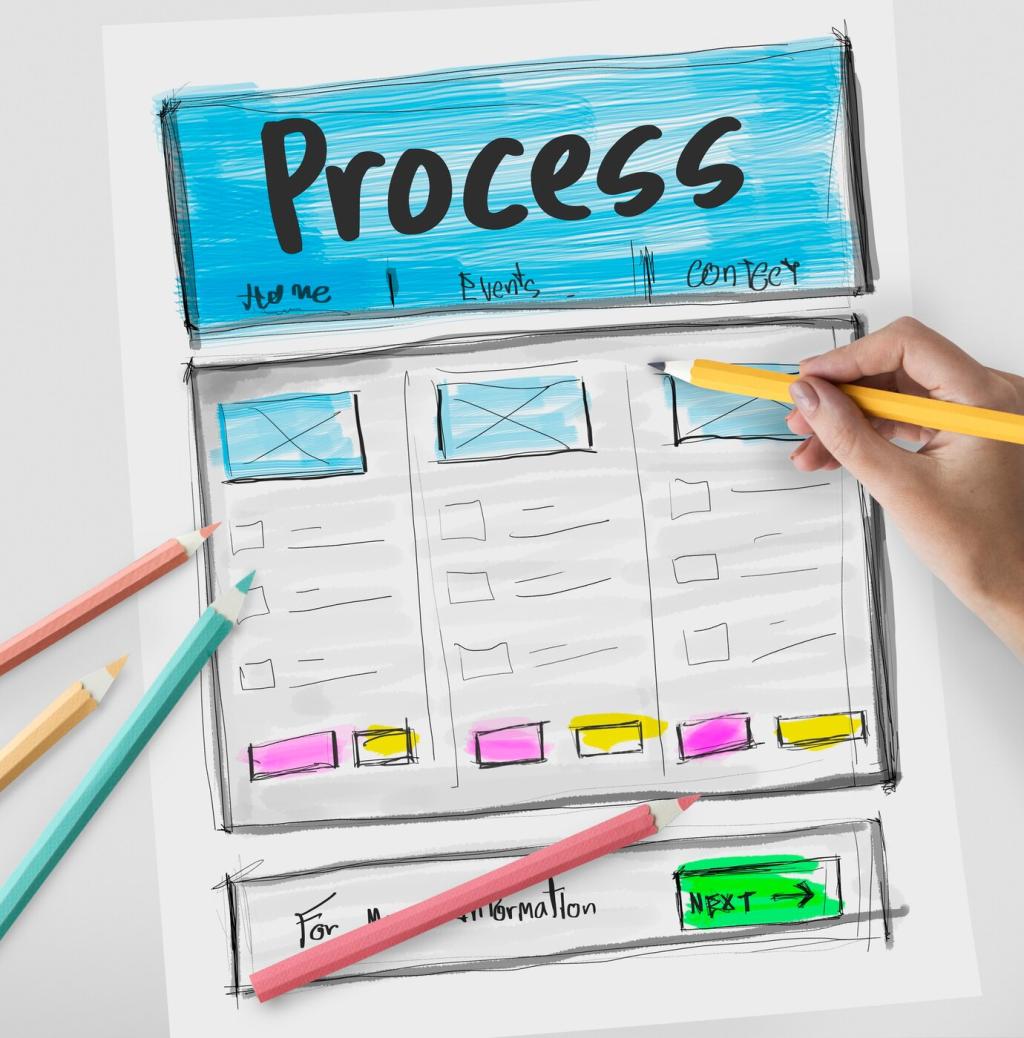
Strategies for Structuring Educational Content: A Practical, Human-Centered Approach
Today’s chosen theme: Strategies for Structuring Educational Content. Explore actionable methods, lively stories, and research-backed ideas that turn scattered materials into clear, motivating learning journeys. Join the conversation—share your structure wins, challenges, and questions so we can keep refining together.




This is the heading
Lorem ipsum dolor sit amet, consectetur adipiscing elit. Ut elit tellus, luctus nec ullamcorper mattis, pulvinar dapibus leo.

This is the heading
Lorem ipsum dolor sit amet, consectetur adipiscing elit. Ut elit tellus, luctus nec ullamcorper mattis, pulvinar dapibus leo.
Narrative Frameworks: Story as Structural Glue
Open with a problem that matters, introduce constraints, and reveal tools as plot twists. Learners remember principles better when they are anchored to characters, stakes, and turning points.


Assessment Alignment and Feedback Loops
Assess what you teach, teach what you assess
Create tasks that demand the exact performances your outcomes state. If outcomes emphasize evaluation or creation, multiple-choice alone will not illuminate true progress.
Rubrics as roadmaps
Share rubrics before practice begins. Learners use criteria to plan their efforts, and educators gain a shared language for giving feedback that improves structure with each iteration.
Feedback that fuels momentum
Aim for quick, specific notes tied to exemplars. Encourage reflection prompts like What changed after this feedback? Invite readers to swap their favorite fast-feedback methods.



Data-Informed Iteration: Evolving Your Structure
Track drop-offs, replays, and repeat quiz attempts. When a segment attracts confusion, refine transitions, add examples, or split the chunk to respect cognitive bandwidth.
Data-Informed Iteration: Evolving Your Structure
Experiment with order: example-before-rule versus rule-before-example. Share results with the community so we can build a collective evidence base for smarter structuring decisions.

Retention by Design: Spacing, Retrieval, and Reflection
Plan a spacing schedule
Return to key ideas after increasing intervals, using brief quizzes or flash prompts. Even two-minute retrieval bursts can dramatically improve retention across weeks and months.
Advance organizers and memory cues
Begin units with concept maps that preview relationships. Revisit the same map later and let learners fill gaps, revealing growth and reinforcing the structured mental model.
Reflection that sticks
End modules with concise journals: What changed in my thinking? What will I try next? Invite readers to subscribe for printable reflection templates aligned to this theme.
